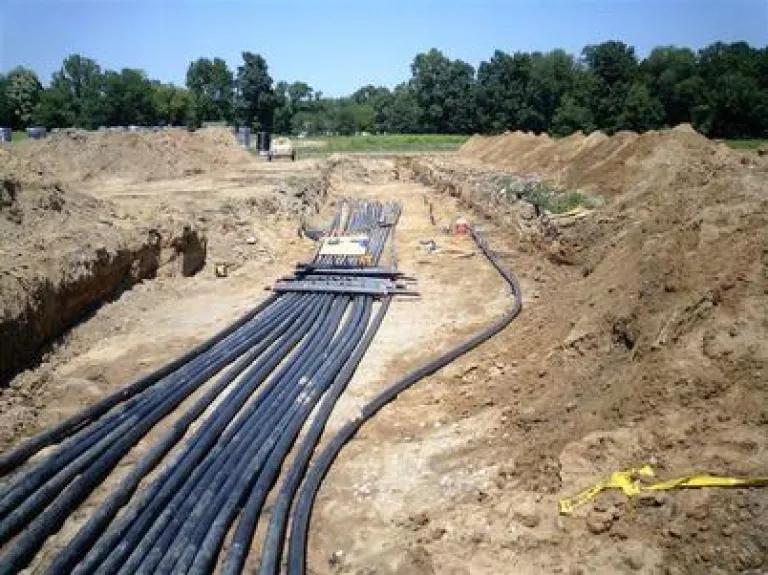
When Tom DeKeyser became principal of Whitmore Lake High School in Whitmore Lake, Michigan, he knew he’d have to wear a lot of hats--principals do that. The one hat he wasn’t expecting, though, was that of tour guide.
But now, “I give a lot of tours of our building,” DeKeyser says. “We’ve had a couple of international groups come through recently. And anyone in the Detroit metro area who’s building a new school and thinking about energy--they come to us.”
The reason is the more than $100,000 in energy savings the high school accrues each year, thanks to its ground-source heat pump HVAC system.
That's right--instead of using electricity to cool the school’s 150,000 square foot building, or oil or natural gas to heat it, Whitmore Lake uses the relatively constant temperature stored just below the surface of the earth. A network of underground, fluid-filled pipes connect to in-building units known as heat exchangers that, in summer, transfer the heat out of the building and into the ground. In winter, the system moves the earth’s stored heat into the school building.
Heating and cooling that could have cost the district more than $300,000 dollars a year with a conventional system now costs less than $200,000.

Whitmore Lake is not an isolated example to the technology’s benefits. “We’ve found GSHPs had many advantages for schools,” says researcher John Shonder, of the US Department of Energy’s Oak Ridge National Laboratories. “They have the lowest lifecycle costs and the lowest energy use.” In Shonder’s studies, the average school GSHP system used 26% less energy per square foot, compared with conventional systems. “And the lifecycle cost was 13% lower than the next most attractive technology,” he notes. “That includes the equipment costs, installation costs, energy, and operation and maintenance.” New technologies in the works may reduce those costs even further.
There are additional benefits that shouldn’t be discounted: air pollution, including the pollution that’s disrupting our fragile planet, was lower by about 25%. And, importantly, the ground-source heat pump industry is homegrown; virtually all parts and equipment are manufactured here in the US. Meaning that instead of sending its energy dollars overseas, Whitmore Lake High School has helped create jobs here for assemblers, plumbers, engineers and drillers. By using the earth for heating, the school has lessened our country’s dependence on foreign oil.
“What are we doing with the extra cash?” DeKeyser asks, focusing the discussion back on his energy budget. “Our governor has proposed an aggressive plan to cut education spending. We’ve held on to that money to preserve our teaching staff. And we can actually look to hire another teacher next year.” (Interestingly, MI isn't the only place where schools are benefiting from renewables. Check out this story.)
No wonder the principal is happy to serve as a tour guide. His school’s got an HVAC system that saves jobs and improves education. Imagine if every school did.




